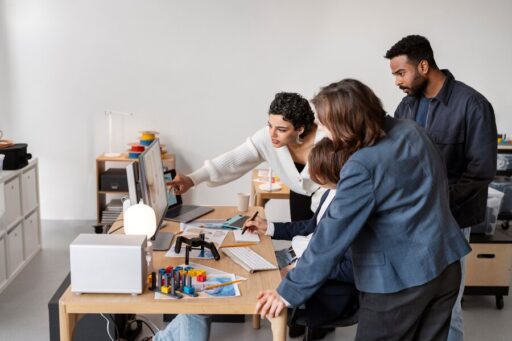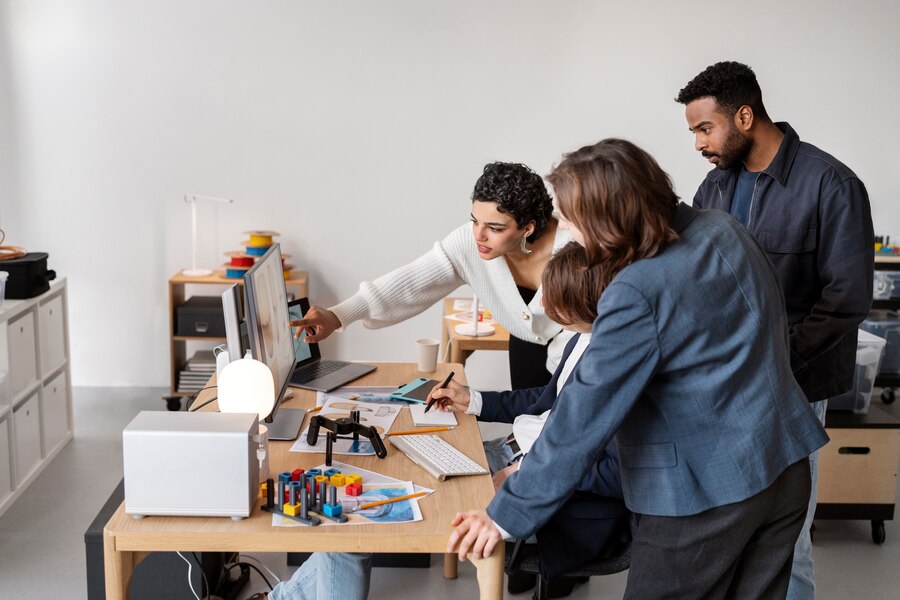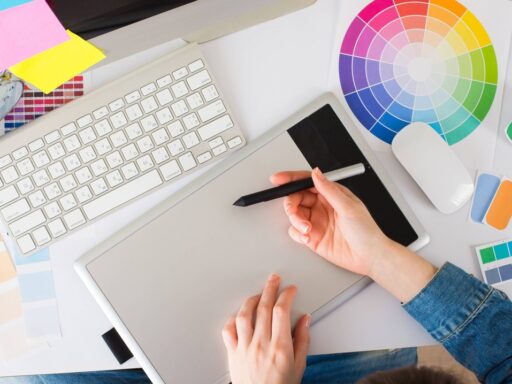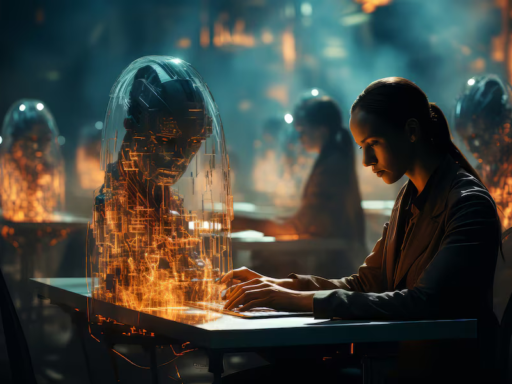In the vast landscape of creativity, there exists a phenomenon that extends beyond individual talent – the formation of designer gangs. Far from the negative connotations associated with the term “gang,” these groups represent a collective force of artistic minds united by a common purpose. Beyond their creative endeavors, designer gangs wield the power of unity to empower not only their members but also the communities they touch.
At the heart of designer gangs lies a sense of belonging and solidarity. These groups bring together individuals from diverse backgrounds, each contributing their unique perspectives, skills, and experiences. Whether it’s street artists, graphic designers, or digital creators, designer gangs transcend traditional boundaries to foster an environment of collaboration and support.
One of the most profound ways in which designer gangs empower their members is through shared learning and growth. Within these collectives, knowledge is freely exchanged, skills are honed, and creativity is nurtured. Members have access to a wealth of resources, ranging from technical expertise to emotional support. This collaborative ethos fosters personal and professional development, allowing individuals to push the boundaries of their own creativity while learning from their peers.
Moreover, designer gangs provide a platform for members to amplify their voices and showcase their work to a wider audience. Through collective exhibitions, collaborative projects, and social media presence, these groups leverage their combined influence to garner attention and recognition. By pooling their resources and networks, members can access opportunities that may have been out of reach as individuals, thereby empowering them to thrive in an increasingly competitive industry.
However, the impact of designer gangs extends beyond the confines of their own memberships. These collectives often engage with their communities, using their creative talents to effect positive change. Whether through public art installations, community workshops, or advocacy campaigns, designer gangs leverage their skills to address social issues, spark dialogue, and inspire action.
For example, designer gangs may collaborate with local organizations to revitalize urban spaces through murals and street art, transforming neglected areas into vibrant cultural hubs. By beautifying neighborhoods and fostering a sense of pride, these initiatives contribute to community development and social cohesion.
Furthermore, designer gangs have the potential to serve as catalysts for broader societal change. By addressing pressing issues such as environmental sustainability, social justice, and mental health awareness, these collectives use their creative platforms to raise awareness and drive meaningful conversations. Through their innovative approaches and bold statements, designer gangs challenge the status quo, inspiring others to join the movement for positive change.
In essence, the power of unity within designer gangs lies not only in the creative synergy of their members but also in their collective impact on communities. By fostering collaboration, providing support, and engaging with society at large, these collectives empower individuals to unleash their full potential and make a difference in the world. As we continue to navigate the complexities of the modern world, the role of designer gangs as agents of empowerment and social transformation becomes increasingly invaluable.







